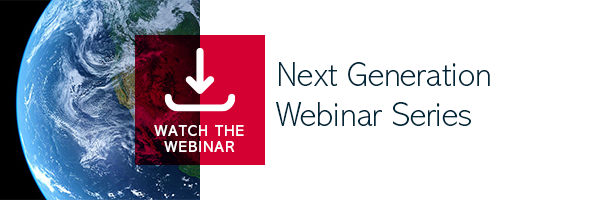Many believe Next Generation means adding new capabilities to emergency calls, transforming them into multimedia communications (video, text, voice, geolocation, IoT, etc.).
But that is not the most important aspect.
What Next Generation 112 will do is leverage the capabilities of smart devices and overcome old technology limits by implementing intelligent routing capabilities and intelligent data delivery.
Next generation 112 is therefore a service enabler, designed to let citizens and PSAPs communicate with smart media through workarounds or proprietary technologies.
How do we transfer contents from citizen to the PSAP?
In traditional networks (landline and mobile phones) carriers trace a call through subscription or cell-based triangulation. The network then routes the call to the proper destination.
Next generation technology greatly improves this workflow introducing an easier, flexible way of routing with the use of new communication tools: chats, eCall, Video, ecc.
What is at the core of the next generation 112 architecture?
The Emergency Service IP network (ESInet) is composed of three elements: ESRP, ECRF, LIS and the surrounding gateways to get in and out. Here is how it works:
Native SIP communications are carried over SIP trunks to the ESRP SIP proxy managing the call; an embedded location information within the SIP call contains the call position.
Non-native SIP communications reach the ESInet through other gateways; they may not contain embedded geolocation information. This is provided through other channels (eg by the carrier) and stored in a location service also part of the ESInet architecture (LIS), with the scope of giving the information to the SIP proxy.
Once the source location is obtained, a routing server can be used to define the call destination (ECRF).
Knowing the source and the destination the call is routed through the PSAP. This may be a fully equipped SIP-based next generation PSAPs or the traditional legacy PSAP which retrieves the data through other means (es AML).
This is in fact smart call routing, not simply geolocation-based routing. This ESInet is suited to manage many routing types which are more complex to handle: skill-based routing or policy-based routing.
Some real life scenarios.
What happens if there is a terrorist attack?
In case of a terrorist attack next generation routing technology can be used to define an area around the impacted spot. Authorities may rapidly decide that all calls from a specific area be routed to another destination and not the regular PSAP (e.g. a war room).
Doing this with traditional architecture is very complicated; it invoves defining a very detailed temporary area which never existed and would need native locations from devices, not just a generic BTS location.
By creating real time areas, we can assign a group of call takers and first responders with smart devices, or a new PSAP and route the calls straight into the new point. This helps direct the right calls to the proper call takers and frees other PSAPs to manage non related emergencies, so that each citizen has a timely and proper response to their emergency.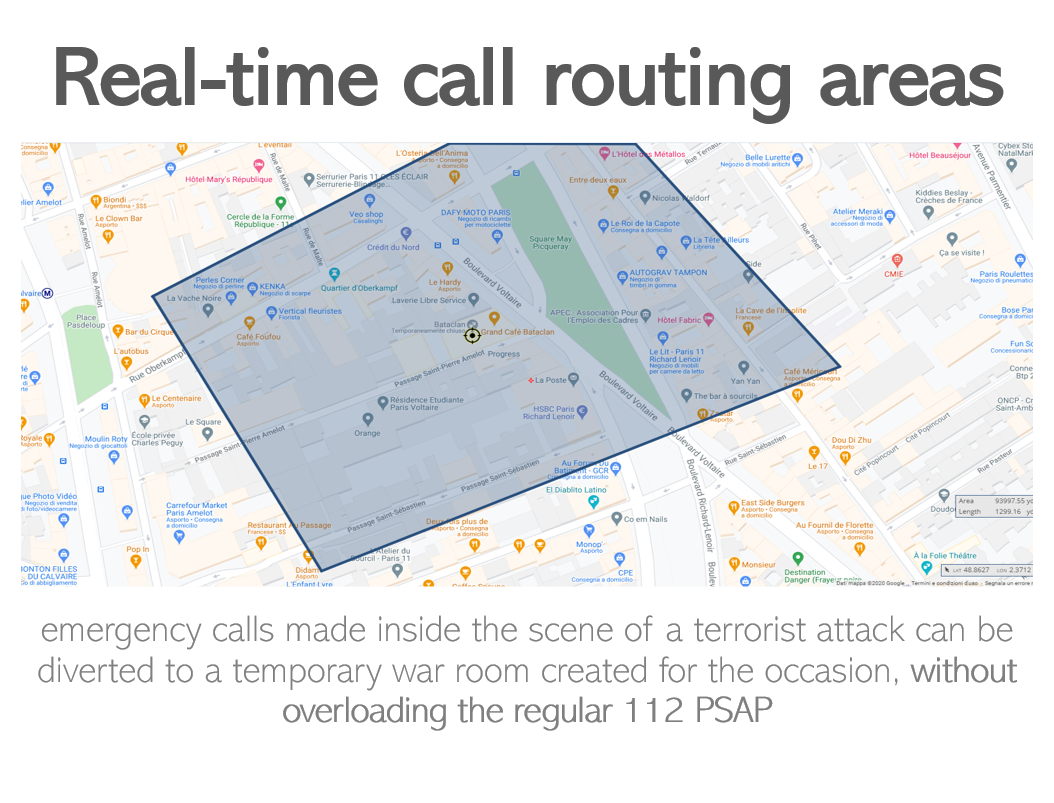
Cross border requests
TPS third party companies, such as eCall providers or insurance companies have their own customers and data process. Their communication with the PSAP is complicated as procedures are blocked by the technological limitations. Next Generation technology will get rid of these problems. How? Here is an example:
When a TPS eCall provider is called, it receives point to point communication containing vehicle status and location. However it might be unable to effectivley communicate this data to the correct 112 PSAP. Imagine an Italian car travelling in Spain with a TPS eCall provider in France. How would the French operator get in touch with the correct Spanish PSAP? The answer is only through a difficult network discovery.
However this might still not be enough. The network might not recognize the location of the car but the TPS office. On top of this the transmission is not yet fully standardised and many PSAPs are not ready to receive it.
Let us see what happens in this exact situation but with a next generation network.
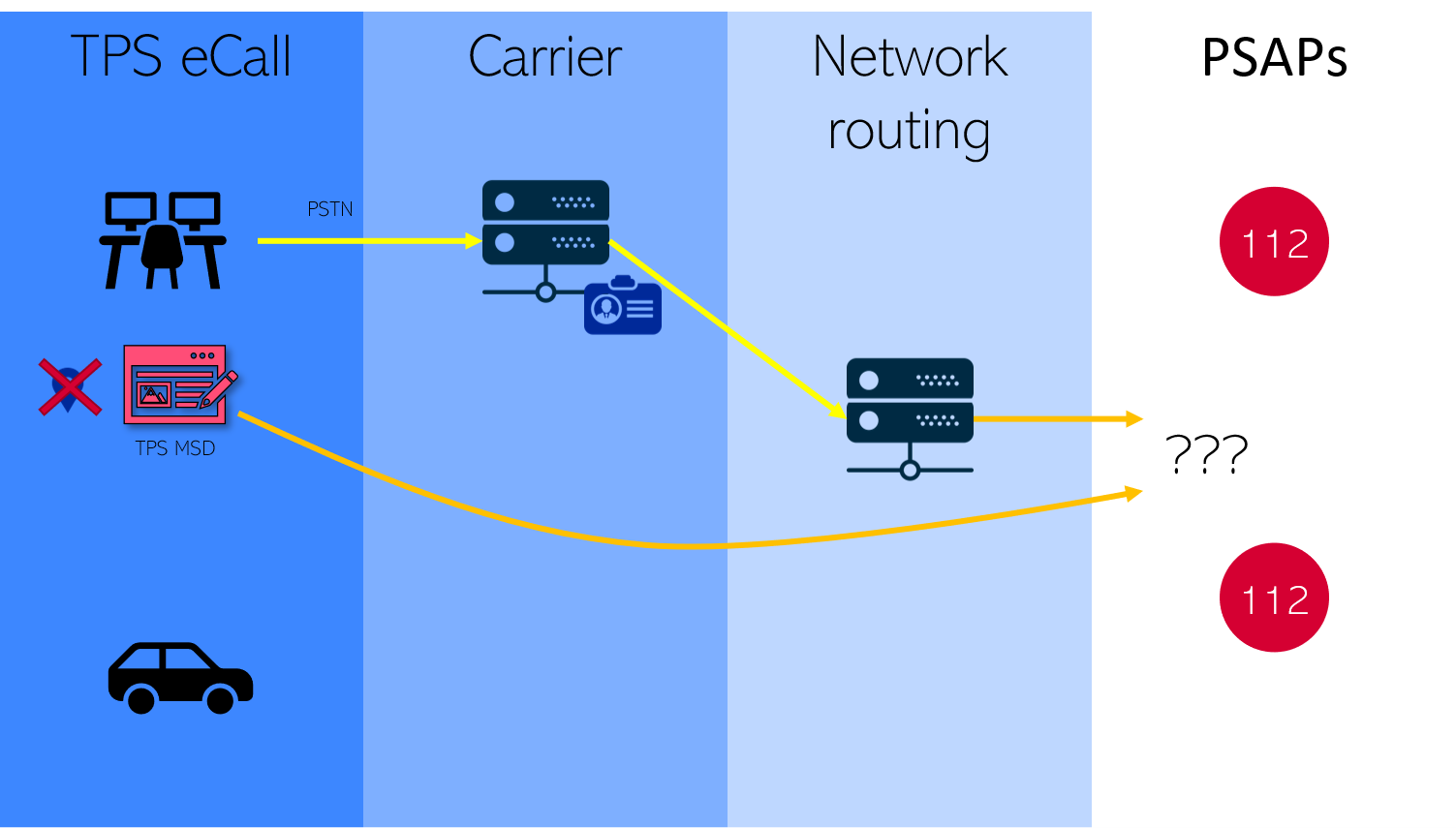
We have the same scenario: car sends data and position, the TPS adds its position on top. All this is sent in the SIP network to the ESInet. The SIP protocol has space for extra metadata so the proxy may decide by policy based routing to discard the useless TPS information and use the car location to determine the route for the appropriate PSAP even in another country.
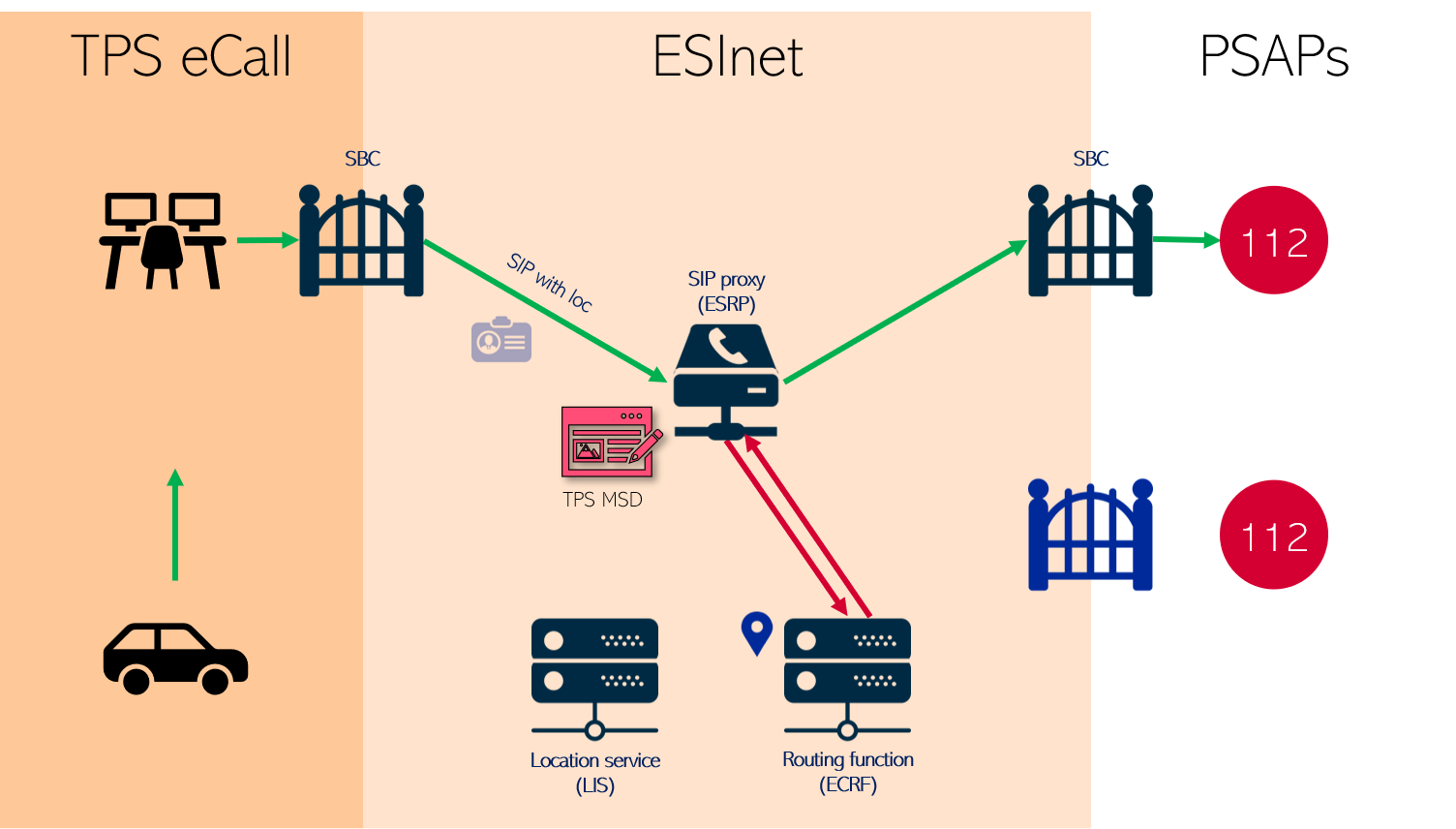
Segmenting areas by date or time
Traffic can be routed by time of day or date of the year with procedures for specific dates or a specific PSAP. The network configurations don't need to change, simply add a policy to route calls to a specific PSAP in a set date or time.
Indoor Geolocation
Another important aspect is the level of geolocation detail for indoor spaces. There are currently companies who provide VoIP services for buildings and offices. Companies with multi floor multi-level buildings may have one single exit point for all calls.
Imagine a company with offices in two different cities. All calls are managed by a centralized PABX in the headquarter. Therefore all employees are connected with a VoIP in the main HQ. If they dial 112 they are routed to the PSAP in the HQ city.
Next generation technology allows companies to transfer the source location in specific detail. One could even say the call is located somewhere in Rome on the 3rd floor of the building on desk number 5A.
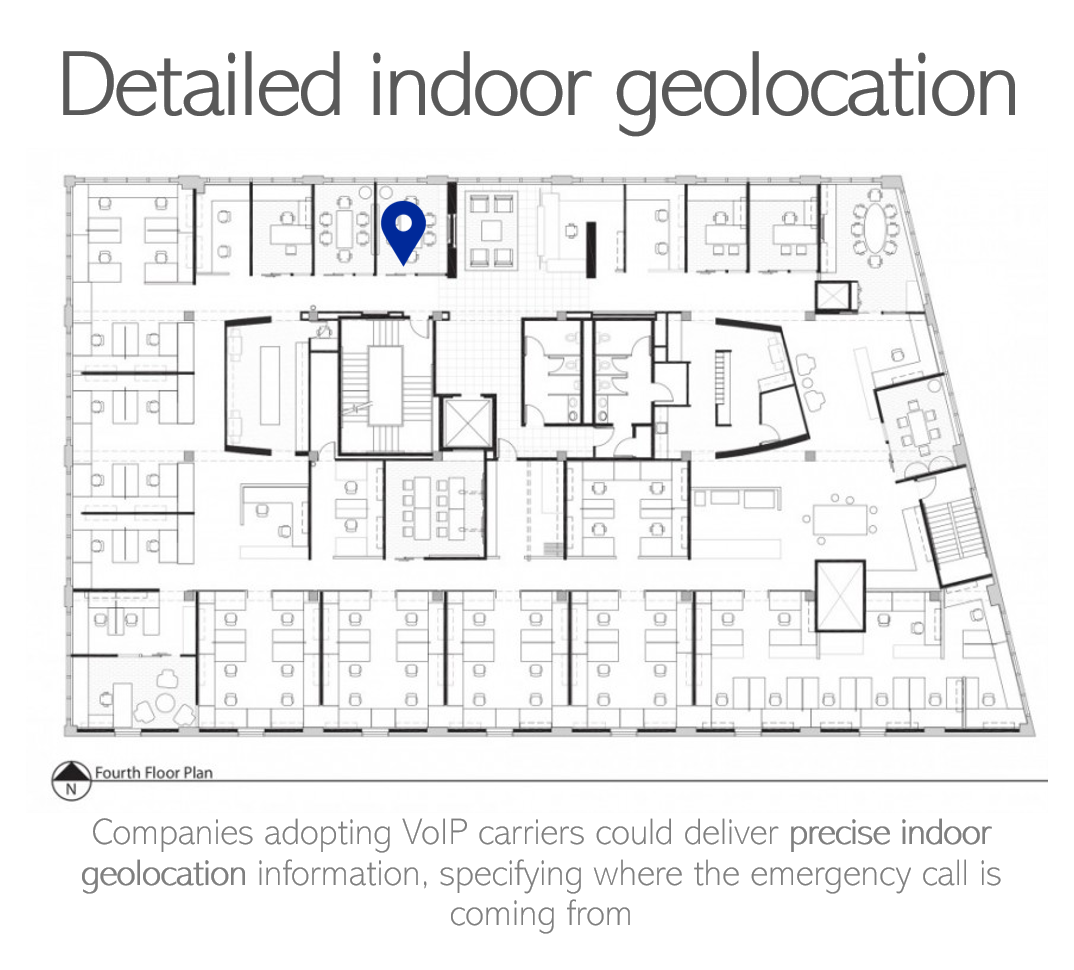
Conclusions
There are infinite examples of how this technology can enhance a PSAP’s capabilities. It is important to start the transition sooner because network operators and carriers will switch from the traditional 2G technology to a full IP / 5G technologies that will support all the features of the above examples.
It is better to start to be prepared before the technology is fully active.


